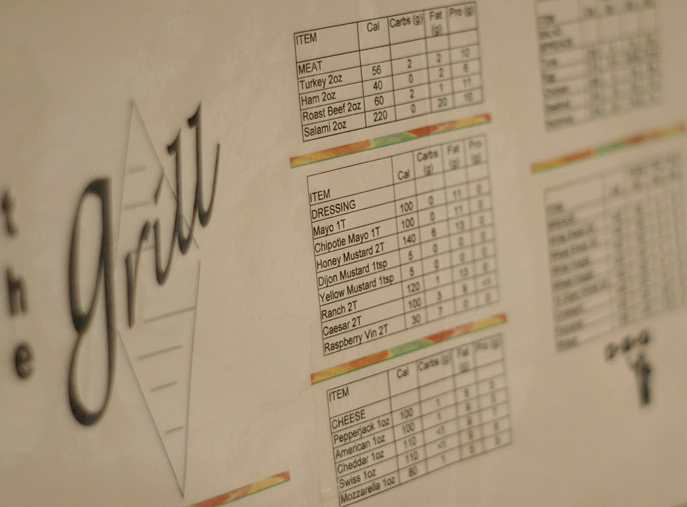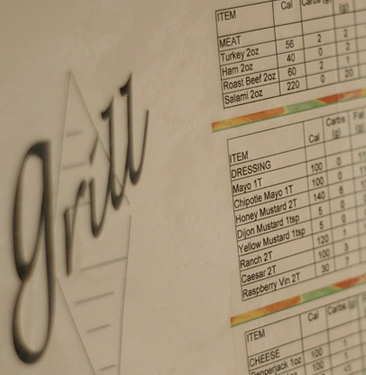
Chain restaurants and grocery stores will have to display their food’s calorie information under a new FDA proposal, but St. Thomas students still won’t know exactly what’s in their on-campus food.
St. Thomas would not be directly affected by the proposal, which would apply to chains with 20 or more locations. Dining Services currently provides calorie information for certain popular options, such as wraps at the Grill.
“Once [students] find out how many fat calories are in a wrap, they don’t really want to read it,” said Gayle Lamb, manager of cash operations for Dining Services. “They’re pretty high in fat.”
Junior Kriti Kumar said the lack of calorie displays on campus hinders her “ability to make good decisions about food.”
“[The displays] would change my decision, because I would be better informed of the food choices, and I would have more knowledge of my calorie intake,” Kumar said.
Todd Empanger, director of Dining Services, said “it’s just a matter of time” before the school begins labeling calorie and ingredient information.
“We’re not quite there yet,” Empanger said. “We need to get all our recipes in order. That’s another year or so out before we can even get to it.”
Dining Services is considering using a computer program provided by the company CBORD that gives calorie counts on recipes and prints labels. Empanger said it could cost $20,000 to $50,000 to get the program running.
“There is a lot more to it than just putting in the labels,” Empanger said. “You have to have the base computer set up first and the software with all the recipes. That’s the most expensive thing.”
Empanger said he thinks the school will also need to hire a full-time employee to administer the labeling. Despite the extra expenses, he said, he thinks the proposal is “a good thing all around.”
Students will be able to look up calorie and ingredient information in catalogues in each dining space, on the menu displays and on the Dining Services website, Empanger said. The Dining Services website also directs students with “special dietary needs” to contact a Wellness Center dietitian.
Kathleen Sebelius, secretary for the national department of health and human services, said in the FDA proposal that the calorie displays will help people “choose healthier options that can help fight obesity and make us all healthier.”
St. Thomas senior Shakeyla Barber said she disagrees.
“[The displays] probably wouldn’t have any effect, because where else am I going to eat?” Barber said. “Maybe I’ll get salad instead of the fries, but I’m still getting the greasy burger.”
Lamb said the displays might lead some people to eat healthier, but “for the most part, people eat with their eyes.”
Alex Keil can be reached at amkeil@stthomas.edu.



